Ride Fit | 5 Reasons why you should train with a plan
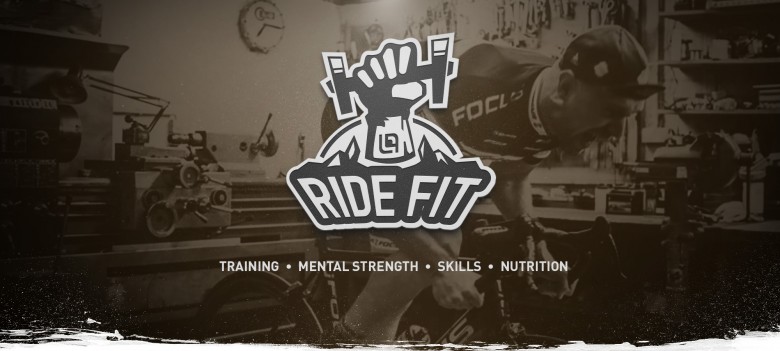
As we come into a new season here in the northern hemisphere, spring is springing, flowers and trees are budding, snow is melting and trails have started to reveal their former glory before old man winter set in. This is one of my favorite times of year because I know I get to ride more regularly enjoying that intense forest smell combined with that face spattering of melting snow and mud, just loving that fact that I am not inside waiting to get outside!
Like you, I get antsy and want to start riding as much as my schedule will allow, but since I have a lovely wife, two kids and own my own business, those opportunities don’t show themselves as often as I’d like, but is that so bad to my improvement as a rider and enduro racer? I say no.
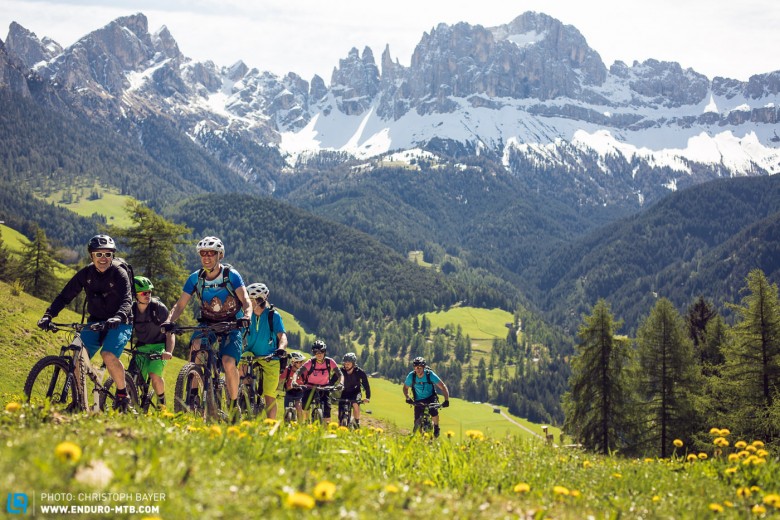
One thing I hear often is how many mountain bikers ride five to seven days per week, yet mid season complain about how “worn down” they feel or how they’re in the middle of slump and finding it difficult to improve on their skills. They say when asked about what they do for training, “Oh man, I just ride myself into shape.” When I hear this, part of me screams in frustration, but another gets excited about the potential gains that rider can make with a simple mind shift.
What is this “mind shift?” It’s one of the biggest problems amongst most mountain bikers, and that’s the lack of attention paid to how well their body moves on their bike. I mean, look, I get it. Besides just simplicity of loving to ride our bikes, what drives this thought process that says that “more mileage is better” in mountain biking? Moreover, what drives the fear that “if I don’t ride enough, I’m not going to be fit enough to ride or race well?” I have an answer, but are you ready for it?
I strongly believe we’ve all picked up this idea from the legitimate roadie mentality that we as mountain bikers have to log in tons of miles in order to be good mountain bikers. This is why you see so many “cycling cardio coaches” providing plans to their clients that are mostly “when, how much and how-hard-to-ride-plans.”
I support these coaches… we need them! My argument is that there aren’t enough “cycling bio-mechanic” coaches who create training plans to correct bio-mechanical issues of the cycling athlete.
Let’s take this idea and go over five reasons I think that having a “athlete improvement plan” is superior than just “riding yourself into shape…”

First – Base Miles
Like I said before, I agree with the notion that base miles are good, BUT not without a plan that addresses the function of the athlete. After all, we aren’t just “lungs with legs!” Accepting that notion that we are athlete’s first and mountain bikers second, let’s bring a bit of clarity to this idea by contrasting some differences between our sports- mountain bikers from road riders.
When riding, we mountain bikers experience:
- Extreme terrain and altitude changes,
- Major changes in body positions,
- Extraordinary balance and coordination,
- Loads of bike feedback,
- Challenging G-forces,
- And much higher cardiovascular, muscular and nervous system requirements
Now since these facts are true, then why aren’t those characteristics a primary focus for mountain bikers preparing for the season? Ah, a good question to ponder, indeed, and as you can see, if they are addressed, a riders success is exponentially increased!
Second – Being an athlete
If you look at the best cycling athletes in the world, including DH and EWS racers, you’re going to see a bigger emphasis placed on riders becoming the best athletes they can be first, then applying and perfecting those gains on their bikes. I frequently hear from pro’s and amateurs alike who have training plans, “I don’t have to push harder to be faster and more efficient, I just am. And it’s showing up in speed, less fatigue and better skills!”
The cool part about statements like those is, in it’s simplicity, when you improve your body’s ability to be more flexible, stable, have better posture, improved breathing mechanics and more strength, it becomes the norm on and off the bike!
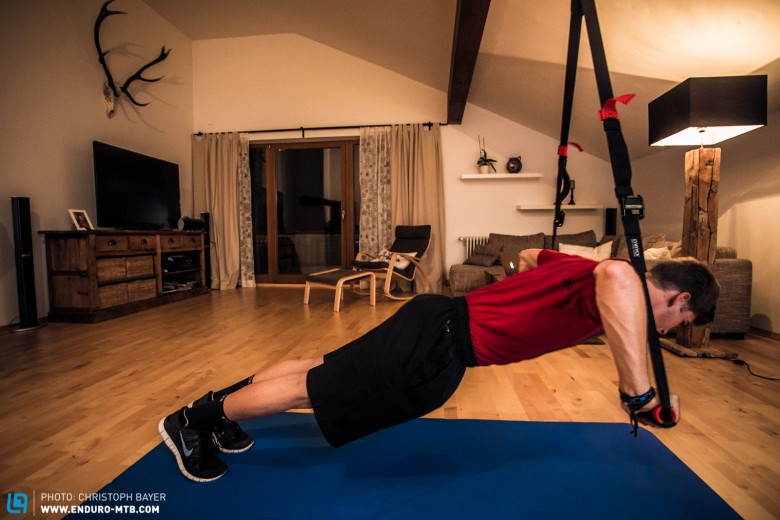
Third – Understanding Why
Question… do you know why you have pain in your hip or lower back? What about fatigue or that nagging knee injury from last year? Do you know why you are doing what you’re doing when it comes to being a better mountain biker? In my opinion, doctors, physical therapists, chiropractors, trainers and coaches should always be able to answer the question by a client or any other allied professional, “why am I doing this?”
That same concept needs to be applied to training as well. If you get a training program from a professional coach, first- there should be some kind of physical evaluation, second- you should have to fill out a client history, third- you should be referred out to any necessary medical professional for any body issues that you’ve yet to address, and fourth- a program should be created exactly for you and taught to you by your coach so you know exactly what is expected of you during your training. Ask why… you are the client, it’s your body, and you deserve to know.
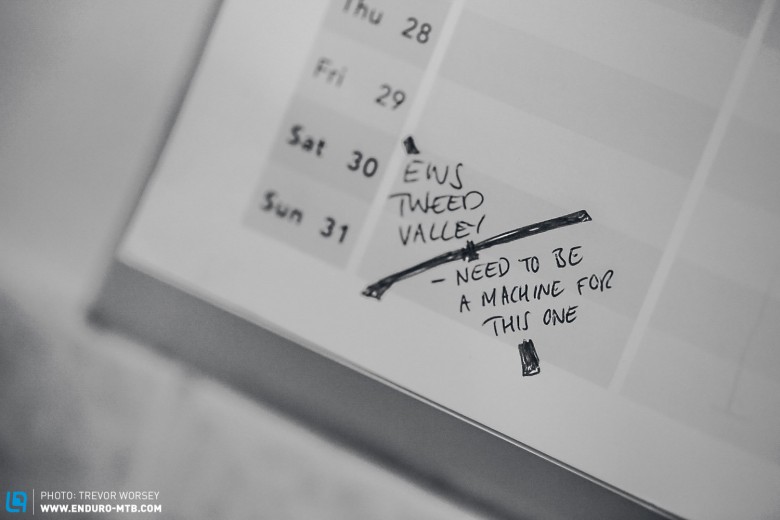
Fourth- Accountability
Who holds you accountable, and to what? If you are “just riding your way into “shape,” what does that mean, anyway? Is it “fitness” shape or “performance” shape? What do you expect to be able to do with your “shape” after you get there? And… where’s there?
You see, part of accountability is having a plan and/or a person to be accountable to. If you have no goals that you are working for, and don’t care about improving, then you don’t need to be concerned with this section. However, if you have a serious desire to get better, be faster, beat your friends, get on a race podium, ride till you’re 75 years old, or simply ride without pain, then you need goals, and with goals comes accountability. I ask again, to what or whom are you accountable?
Fifth – Rest
If you are like most mountain bikers I coach, you don’t rest enough. As mentioned before, this comes back to the thought that more is better, instead of thinking, how can I best prepare for riding or racing. Work + Rest = optimal performance.
Remember, your body grows, adapts and gets faster when you rest, not necessarily when you train and for most athletes, REST IS CRUCIAL but seriously under utilized.
I mean think about it, the training part is the easy part. The hard part is to honor a rest day, especially when your body is screaming at you to do so!
As it is, we are all familiar with the intensity of work, comfortable with suffering and even unreasonably proud of our ability to handle more and more. But, there needs to be a strong balance of work and recovery, and if you don’t have a plan to direct your work-rest ratio, the risk of over-training is increased. Here are some characteristics of over-training:
- Loss of interest in training or competition
- Disrupted sleep
- Bad mood
- Irritability
- Lower sex drive
- Loss of appetite
- Thirst
- GI trouble- like diarrhea
- Elevated heart rate
- Constant muscle soreness
So I ask you one last question, “why are you just riding yourself into shape without a plan?”
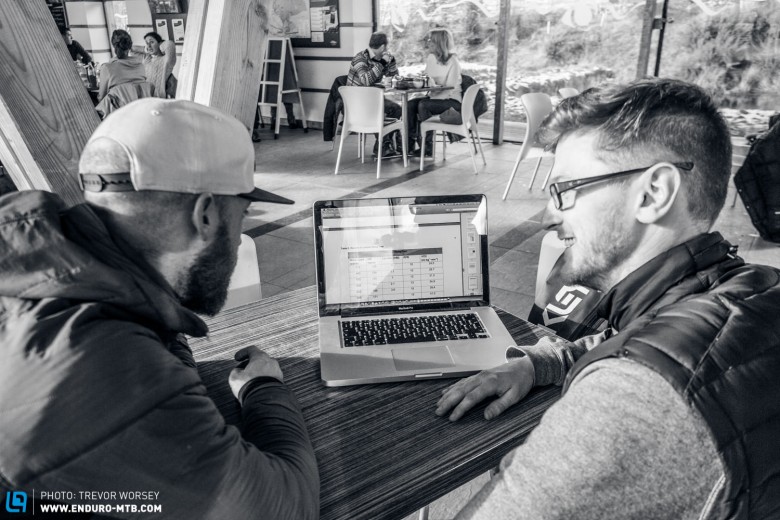
Try something new this year, and NO it’s not to late to start, get a plan. Work on being the best athlete you can be first, then fine-tuning those gains on your bike. The results might just shock you!
Words: Dee Tidwell, enduromtbtraining.com
Did you enjoy this article? If so, we would be stoked if you decide to support us with a monthly contribution. By becoming a supporter of ENDURO, you will help secure a sustainable future for high-quality mountain bike journalism. Click here to learn more.








